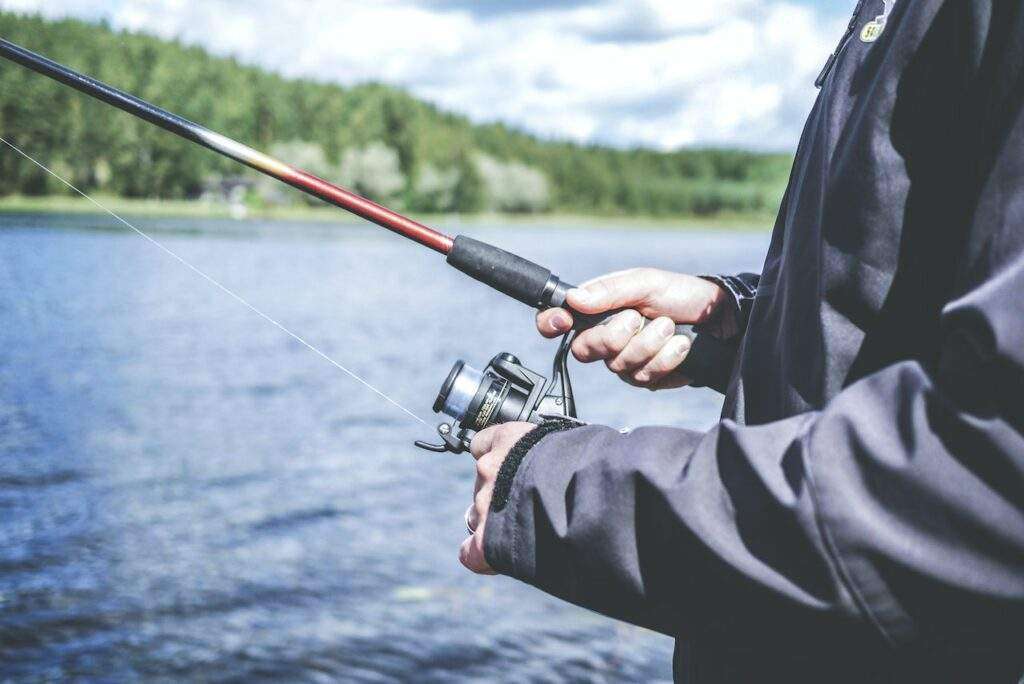
Fly fishing is a unique and rewarding experience that has captured the hearts of anglers for years. The sport requires a combination of skill, knowledge, and patience, as well as an appreciation for the natural environment. If you have been a fan of Saltwater Fly fishing and want to try your hands at it, you should be armed with all the right information.
This comprehensive guide covers everything from the basics of fly fishing equipment and techniques to more advanced topics like reading the water or fighting the fish. So, read on!
The Gear
To start saltwater fly fishing, you’ll need a few essential pieces of gear. The most important is a fly rod, which should be specifically designed for saltwater use. The length and weight of the rod will depend on the species you’re targeting and the conditions you’ll be fishing in. You’ll also need a saltwater fly reel, which should be durable and able to handle the rigors of saltwater fishing. Finally, you’ll need a saltwater fly line, heavier than freshwater lines, designed to cast large flies in windy conditions.
Choosing Flies
Choosing the right fly is crucial to success in fly fishing. Saltwater flies are typically larger and heavier than freshwater flies, and they imitate baitfish, crustaceans, and other prey species. Popular saltwater fly patterns include Clousers, Deceivers, and Crazy Charlies. When choosing flies, consider the species you’re targeting, the water conditions, and the time of day.
Casting Techniques
Fly casting can be challenging, especially in windy conditions. It requires a different technique than freshwater casting, with a more powerful back-cast and a long forward cast. It’s essential to practice your casting before hitting the water, as it can make all the difference in your success on the water.
Reading the Water
To be a successful fly angler, you must know how to read the water. It means understanding how currents, tides, and other factors affect fish behavior. Look for areas where baitfish congregate, such as channels, drop-offs, and structures. Also, pay attention to the tide, as fish often move with the rising and falling water.
Fishing Strategies
There are different strategies for fly angling, depending on the species you’re targeting and your fishing conditions. Some anglers prefer to sight fish, looking for fish in shallow water and casting to them. Others use blind casting, covering a large water area in search of fish. You’ll also need to consider your retrieve, as some fish prefer a slow, steady retrieve, while others like a fast, erratic one.
Fighting the Fish
Once you hook a fish, the real challenge begins. These fish are often powerful and fast, and bringing them in can take some skill. You’ll need to use your rod to tire out the fish and reel it in slowly. Be patient and avoid pulling too hard on the line, which can cause the fish to break off.
In conclusion, saltwater fly fishing is a challenging and rewarding sport requiring skill, knowledge, and patience. With the right gear, fly selection, casting techniques, and fishing strategies, you can increase your chances of success on the water. However, it’s also essential to prioritize safety and conservation to protect yourself and the fish population’s health. By following these tips, you can master the art of fishing and enjoy the thrill of catching fish in the beautiful, challenging environments of the ocean and its coastal regions.